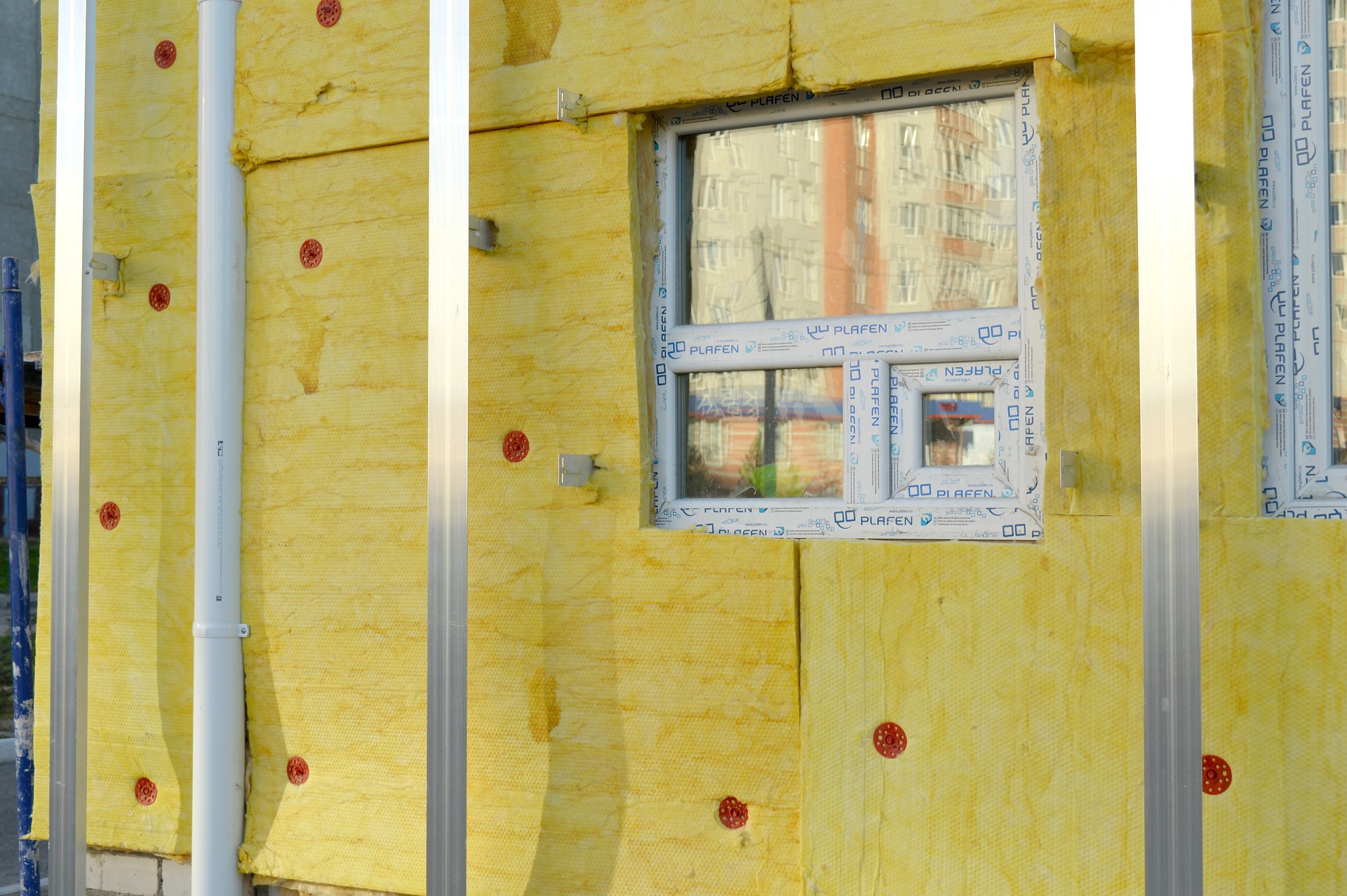The microclimate of your home or office can influence both comfort and energy efficiency. By correctly controlling the temperature, humidity, light levels, and air circulation in a room or building you can create a comfortable living or working environment while also reducing energy costs. Fortunately, it’s possible to manage microclimate yourself with the help of some simple tools and strategies. In this blog post, we’ll discuss some of the most effective techniques for controlling your microclimate. We will also cover tips for choosing the right equipment and materials, as well as some common missteps to avoid. So, whether you’re looking to keep cool in summer or warm in winter, read on to discover how you can DIY your microclimate control.
1) Remove Chemicals From Your Environment
One of the most important things you can do to improve your microclimate is to remove chemicals that may be present in the air. Common sources of volatile organic compounds (VOCs) include paints, solvents, carpets, furniture, and electronics. Investing in an indoor air purifier will help reduce chemical contamination, as well as dust and other particles. If you have a grow tent in your home, using a 10-inch carbon filter in your ventilation system can also reduce the amount of VOCs in the air. Additionally, if you have an air conditioner, try to use a low-VOC refrigerant and check the filters regularly. For example, you can use an eco-friendly refrigerant, which has no ozone-depleting potential and very low global warming potential. Or, you can opt for a non-ozone-depleting refrigerant, which still has some global warming potential but is much lower than traditional refrigerants. This way, you can ensure that your microclimate is free of VOCs. Furthermore, if you have pets, make sure to regularly clean their bedding and cages. They can also release VOCs, and cleaning their bedding regularly can help reduce this.
2) Invest in Humidity Control
Humidity is a key factor when it comes to microclimate control. Too much moisture can lead to unhealthy mold growth, whereas too little will cause dryness and discomfort for inhabitants. A hygrometer will help you accurately measure the humidity levels in your home and is a crucial tool for maintaining a comfortable microclimate. If you find the humidity levels to be too high, there are several ways that you can reduce it. Investing in a dehumidifier or air conditioner will help lower moisture levels; alternatively, you can use fans to increase airflow and create natural ventilation. On the other hand, if the humidity levels are too low then using an electric humidifier can help raise them. Additionally, installing an indoor plant in your home or office is another way to naturally maintain youthful humidity levels. By following these steps, you’ll be able to ensure that the air in your room has just the right amount of moisture for optimal comfort and health benefits.
3) Choose Lighting Wisely
Lighting is an important factor in your home or office’s microclimate, as it can affect the temperature, air quality, and ambiance. You should consider investing in energy-efficient lighting solutions to reduce your energy bills and help the environment. Additionally, make sure that you are using natural light whenever possible – opening up curtains and blinds will instantly brighten a room and also warm it up if necessary. If you have rooms with little natural light then installing artificial lights with adjustable dimmers can help you create the perfect atmosphere for any occasion. Finally, make sure to use appropriate shades on windows facing south or west so that direct sunlight does not increase temperatures excessively during summer months.
4) Consider Solar Radiation
Solar radiation is another important factor in microclimate control. If you live in an area that receives a lot of sunshine then it’s essential to install adequate measures to reduce the amount of solar heat entering your home or office. Installing sunshades, shutters and reflective window films are all methods that can help reduce the amount of heat coming in through your windows. Additionally, planting trees and other vegetation around your building can also block out some of the sun’s rays. This will help create a cooler microclimate both inside and outside of your home
5) Think About Insulation

Insulation is an important element of maintaining a comfortable microclimate. Poor insulation can lead to excessive heat loss or gain, resulting in uncomfortable temperatures and higher energy bills. Make sure that your building is properly insulated by checking for air leaks around windows and doors, and in wall cavities. You can also invest in insulation materials such as foam board, blankets or rigid panels to reduce heat transfer and keep your home at a comfortable temperature. Additionally, make sure that your roof is properly insulated as this will help reduce the amount of heat entering or leaving through the top of your building. This will help keep your microclimate at the perfect temperature all the time.
6) Use Climate Control Technology
Finally, you should consider using climate control technology to create a comfortable microclimate in your home or office. Installing an HVAC system with a thermostat and air filter can help keep the temperature at a comfortable level and improve indoor air quality. Additionally, investing in smart thermostats and humidifiers will allow you to create a custom microclimate that is tailored to your needs and preferences. For example, you can set the thermostat to reduce temperatures during hot summer months and raise them when it gets cold outside. Utilizing climate control technology will help you create a comfortable indoor environment all year round.
By implementing these tips, you’ll be able to ensure that the microclimate in your home or office is perfectly suited to your needs. From using the right lighting solutions to investing in insulation and climate control technology, you can create an indoor environment that is comfortable and healthy while also being energy-efficient. So, take the time to analyze your home or office’s microclimate and make any necessary changes that will improve your quality of life.
We hope this article has been helpful in outlining the steps you can take to ensure the perfect microclimate for your home or office. Thanks for reading!



